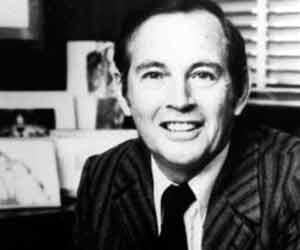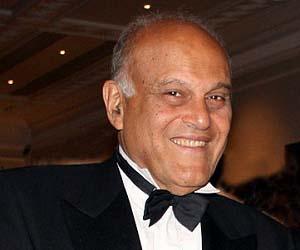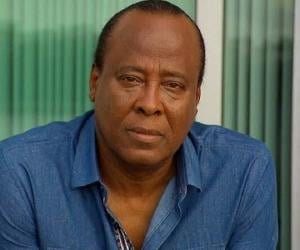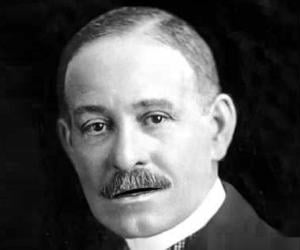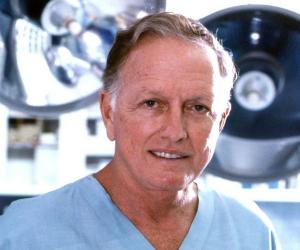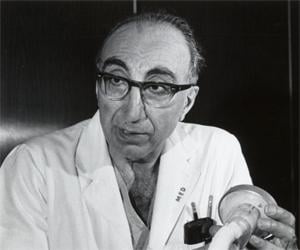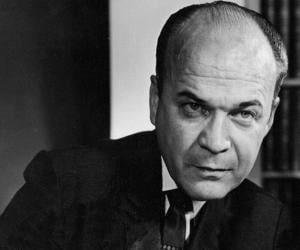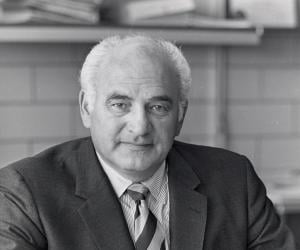Magdi Yacoub is a retired professor who worked at Imperial College London. He is best known for his work in repairing heart valves, a procedure which came to be known as the Ross-Yacoub procedure. In 1983, he performed the United Kingdom's first combined lung and heart transplant. Also a humanitarian, Yacoub co-founded the Magdi Yacoub Global Heart Foundation in 2008.
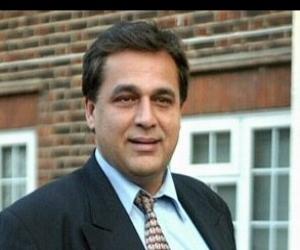
Better known as former lover of Princess Diana, British-Pakistani cardiac surgeon Hasnat Khan was once described by the late princess as “Mr Wonderful.” He had first met Diana at the Royal Brompton Hospital, where the princess had gone to visit a friend. Hasnat is a distant relative of Imran Khan.
Daniel Hale Williams was a general surgeon known for performing the first documented, successful pericardium surgery in the US in 1893. Born to interracial parents, he faced numerous struggles in his journey to become a physician. He later founded the first non-segregated hospital in the United States, Chicago's Provident Hospital. He also founded a nursing school for African Americans.

Joseph Alliluyev was a Russian cardiologist best remembered as the grandson of Joseph Stalin. Although he maintained a low profile, Alliluyev appeared in a TV interview where he discussed his relationship with his maternal grandfather. In the 1992 TV film Stalin, which was directed by Ivan Passer, Joseph Alliluyev is showcased briefly as a six-year-old.
Denton Cooley was a heart and cardiothoracic surgeon. He is best known for performing the first implantation of a total artificial heart. He did his surgical training at the Johns Hopkins School of Medicine and later worked at Baylor College of Medicine. He founded The Texas Heart Institute and was a consultant at Texas Children's Hospital.
Cardiac surgeon Michael DeBakey pioneered many treatments of cardiovascular ailments and also invented instruments such as the roller pump, later used for open-heart surgery procedures. He was also instrumental in developing MASH units and was awarded several prestigious awards, such as the Presidential Medal of Freedom and the Congressional Gold Medal.
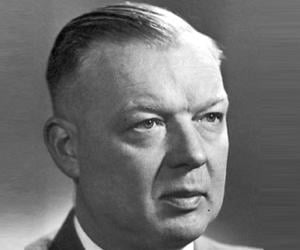
German physician Werner Forssmann is best-known for developing a method that allowed cardiac catheterization. This led him to jointly receive the 1956 Nobel Prize in Medicine. Forssmann started clinical application of cardiac catheterization in 1929, when he inserted a catheter into a vein of his forearm and safely passed it into his heart and took an X-ray picture of it.
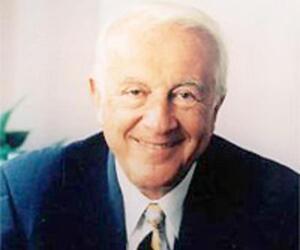
Cardiologist Robert Coleman Atkins lent his name to the Atkins Diet, which promotes controlled carbohydrate consumption and eventually led to him being named the 2002 Time Person of the Year. Though he initially aspired to be a comedian, he later switched his focus to medicine and joined Cornell.

Better known as Dr. Death in popular media, South African cardiologist Wouter Basson is infamous for being involved in the apartheid-era Project Coast, a chemical and biological weapons program targeted toward the Blacks. It is believed he continues to practice medicine for Mediclinic near Cape Town.
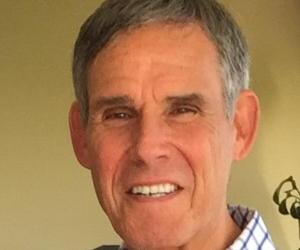
Renowned American cardiologist Eric Topol is the founder-director of the Scripps Research Translational Institute. He is known for his pathbreaking research on genes that can be targeted for the prevention of heart diseases. He was also one of the first to question the safety factor of the medicine Vioxx.
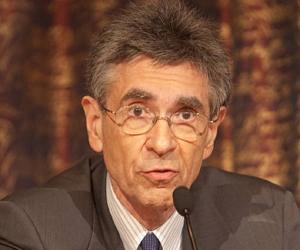
Born into a family of Polish immigrants, Robert Lefkowitz grew up to be a cardiologist and biochemist, and later taught at Duke University. He is best known for his research on the signal-receiving receptor molecules, such as the GPCRs, which eventually won him a Nobel Prize.
A pioneer of cross-circulation, Clarence Walton Lillehei successfully conducted cardiac surgeries by linking the circulatory systems of healthy people with those of his patients, thus eventually developing the open-heart surgery. Affectionately known as the King of Hearts, he won awards such as the Harvey Prize and the Lasker Award.
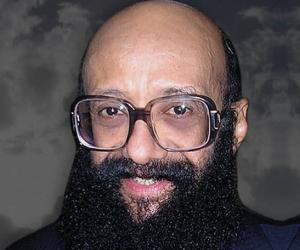
Enéas Carneiro was a Brazilian polymath. A qualified cardiologist, he also had degrees in mathematics and physics. Active in politics as well, he represented the state of São Paulo in the National Chamber of Deputies and ran for presidency three times. He founded the nationalist and conservative Party of the Reconstruction of the National Order (PRONA).
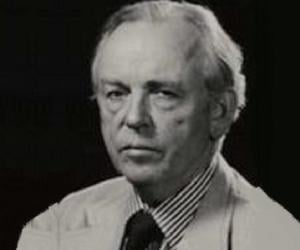
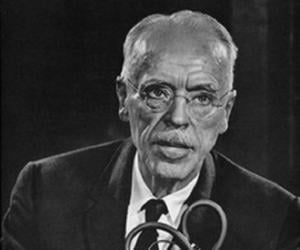
Paul Dudley White was inspired to take up medicine by his physician father and ended up graduating in medicine from Harvard. A pioneer of preventive medicine, he also contributed to the study of blood coagulation and published 700 articles. He was also a medical officer during World War I
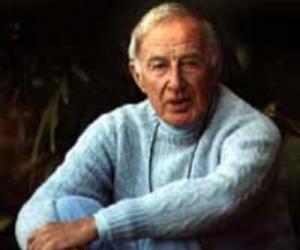
Apart from being a qualified doctor, George A. Sheehan has also gained fame as an author of books in running. Though he followed in his father’s footsteps to become a cardiologist, he later followed his early passion of track by writing bestsellers such as Running & Being.
Adrian Kantrowitz was an American cardiac surgeon who attempted the world’s first pediatric heart transplant. Although his initial interest was in neurosurgery, he later switched to cardiac surgery. He also invented the intra-aortic balloon pump, an easy-to-use device which helped to save millions of lives.
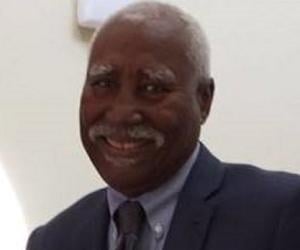

Along with fellow cardiologist Ray H. Rosenman, Meyer Friedman identified Type-A behavior and discovered a link between Type-A people and heart disease. They noticed that the chairs used by heart patients appeared to have more worn-out upholstery, as such patients fidgeted more than others. He also penned over 500 articles on heart disease.
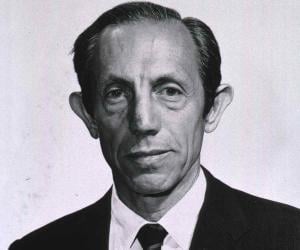
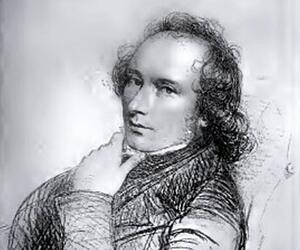
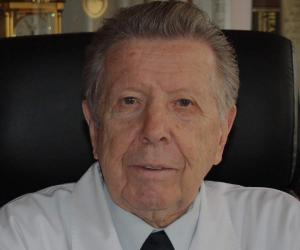
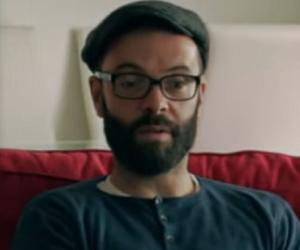
The son of a farmer, James Mackenzie was initially gearing up to be a chemist but later decided to study medicine instead. A pioneering cardiologist, he was the first to differentiate between dangerous and harmless arrhythmias. He was eventually knighted and made a Fellow of The Royal Society, too.
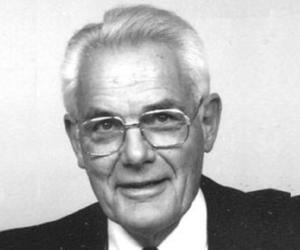
Popularly known as the father of exercise cardiology, Robert A. Bruce was the man behind the Bruce Protocol, a diagnostic test used to monitor heart function. He was associated with the medical school of the University of Washington and was one of the major figures of the Seattle Heart Watch program.
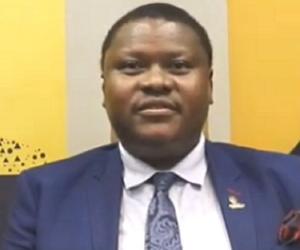
South African pediatric cardiologist and professor Lungile Pepeta is remembered for his life-long struggle to improve his country’s medical facilities and to create a medical school for doctors from rural areas. Part of the advisory committee of the government’s COVID-19 taskforce, he himself died of the virus later.
